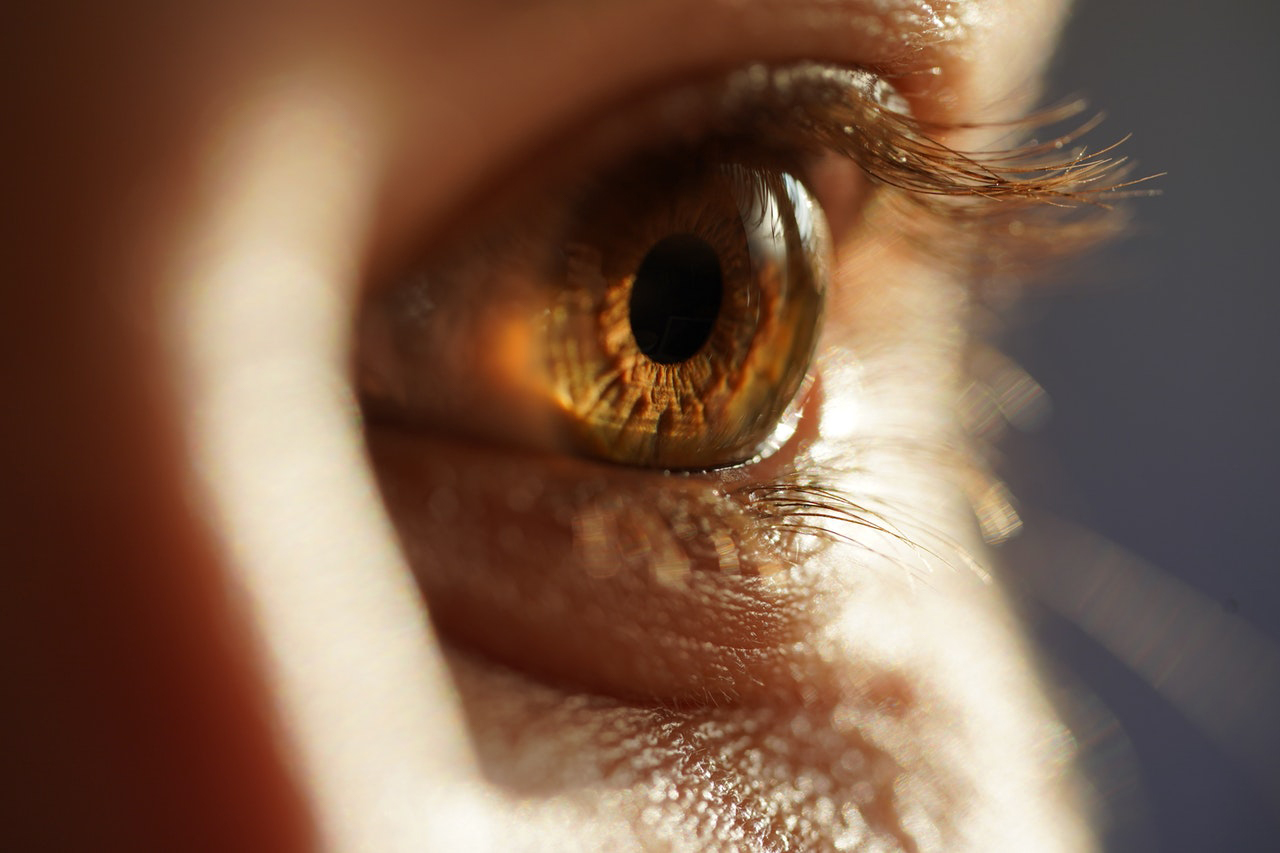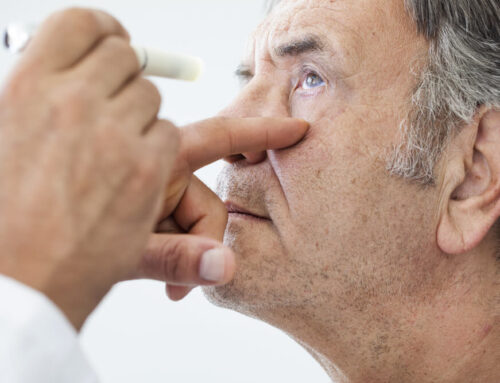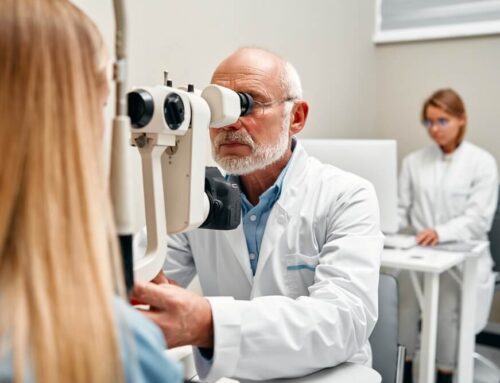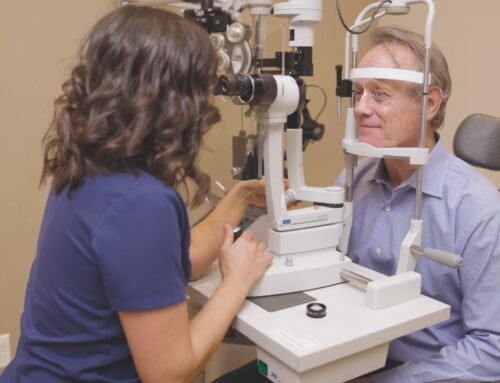People with facial palsy, or facial paralysis (which is usually on one side) often have difficulty closing the eye. This exposes the eye surface to the harsh elements and deprives the eye of the lubricating effect of an eye closing.
A research team from Harvard Medical School, Massachusetts Eye and Ear Infirmary, Boston, studied the quality of life outcomes of 49 patients who underwent surgical treatment for paralytic lagophthalmos (inability to close the eye completely). They were treated with reanimation of the periocular (surrounding the eye) structures. Eyelid weight placement, lower eyelid suspension and brow ptosis (drooping eyelid) correction is performed for this condition.
The authors of this recent study, which is published in the Archives of Facial Plastic Surgery of the JAMA and Archives journals, said in the report that this devastating sequela of facial paralysis can lead to exposure keratitis (inflammation of the clear film covering the front of the eye called the cornea), corneal ulceration and blindness. The 37 participants who completed the study from March 2009 to May 2010 experienced notable improvement in eye comfort and overall quality of life after the procedure.
The researchers also noted a significant decrease in the amount of time the patients felt dry eye or irritated, scratchy eye. The use of artificial tears and eye ointment was also significantly reduced, although there were two reported cases of localized cellulitis (bacterial infection of the skin and underlying tissues) in reaction to the eyelid weight.
“In the overall treatment paradigm for patients with facial paralysis, treating the eye using this modality is simple, and not only improves corneal protection but also yields a significant subjective benefit,” the team, led by Douglas K. Henstrom, MD, concluded.
Contact Eye Care Professionals to learn more about groundbreaking ophthalmological procedures.










